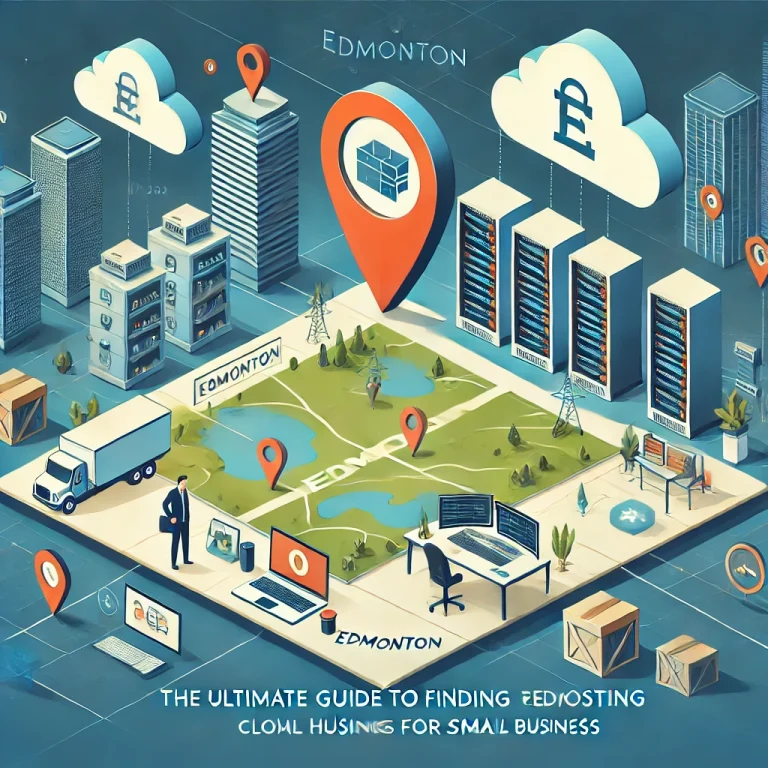
When you ask ‘what’s my domain worth’, we have answers . Your brand's domain serves as its name while also defining its appearance to both visitors and search engine algorithms. The rising competition online demands premium domain ownership to gain superiority over competitors while improving search engine results and increasing conversion statistics. Companies can make their initial business connection with possible customers through domain names. A suitable domain name builds trustworthiness through professionalism which creates credibility for companies. Domain names of poor quality result in visitor confusion along with lost website traffic and damaged internet discoverability. When you purchase a premium domain immediately you will create assets that allow you to maximize future reach potential and market expansion. How does a domain name accrue its worth? What creates value for a domain name – simplicity along with keywords in addition to years of service history? This detailed guide explores domain financial value aspects and domain evaluation solutions as well as methods to maximize your domain worth. Private domain valuation information constitutes a vital resource for both business owners and investors wishing to succeed online. What Is Domain Worth? The appraisal of financial worth regarding a website's name is termed as online brand value. This value measures how a name can ask for money. We look at its attractiveness, how long it is, if it’s important for search engines, and if people want it. This single value shows how much it's worth. Domain worth is determined by several key factors: Domain length: Shorter domains are usually more valuable since they're simpler to recall and more adaptable. If the topic is brief and interesting, it will be purchased at a more expensive rate. Branding potential: Brandable, memorable, and unique domains in general are worth more. It’s better to choose a name for your website that's straightforward and easy to connect with a product, service, or idea. Keyword relevance: A domain name with keywords commonly used in a certain trade typically holds worthier. Relevant keywords in your domain too, can elevate your search engine rankings. Top-Level Domain (TLD): A .com, .org, .net, etc TLD extension can have a huge effect on how much...













